Methods and precautions for cultivating octagonal gold plate
Last Update :2024.11.02
Article Catalog
Temperature: Suitable for growth at 10-25℃, and can survive the winter safely above 7℃; Light: The octagonal golden plate is a semi-shade plant, with strong shade tolerance and avoid strong light; Water and fertilizer: During the growth period from April to October, Apply thin liquid fertilizer once every 2 weeks; soil: mix 3 parts garden soil and 1 part rice bran ash, and then add a little base fertilizer; repot: once every 1-2 years.
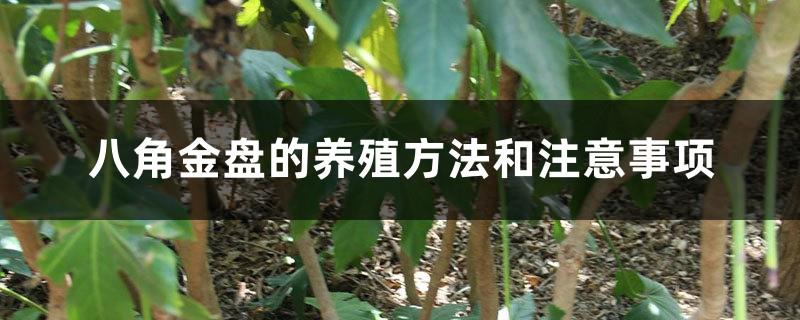
Breeding method
Cultivation methods
Temperature conditions
The octagonal golden plate likes a cool growth environment, and the suitable temperature is between 10-25℃, usually during the day The temperature is 18-20℃, and good growth can be maintained indoors at 10-12℃ at night. It should be noted that prolonged high temperatures can easily cause the leaves to become thinner, larger, and begin to droop. The octagonal gold plate is relatively cold-resistant and can survive the winter safely when the temperature is above 7℃.
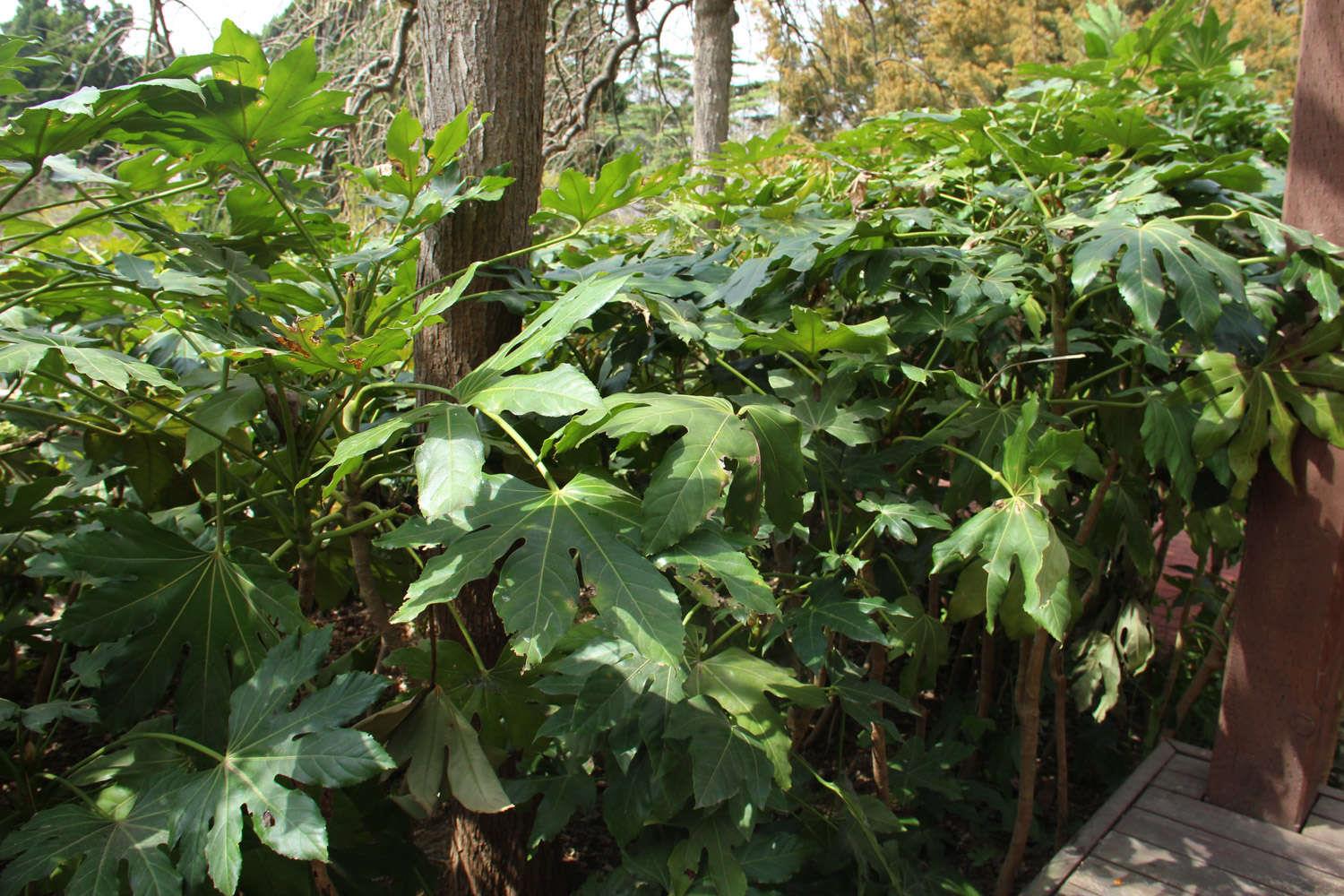
Lighting conditions
The octagonal golden plate is a semi-shade plant and can tolerate strong shade, but avoid strong light. It is suitable for greenhouse cultivation. Except for winter, the shading should generally reach more than 60%. Pay special attention to direct sunlight in summer and strengthen shading. On the other hand, if there is insufficient light for a long time, the leaves will become smaller. Get more sunlight in winter.
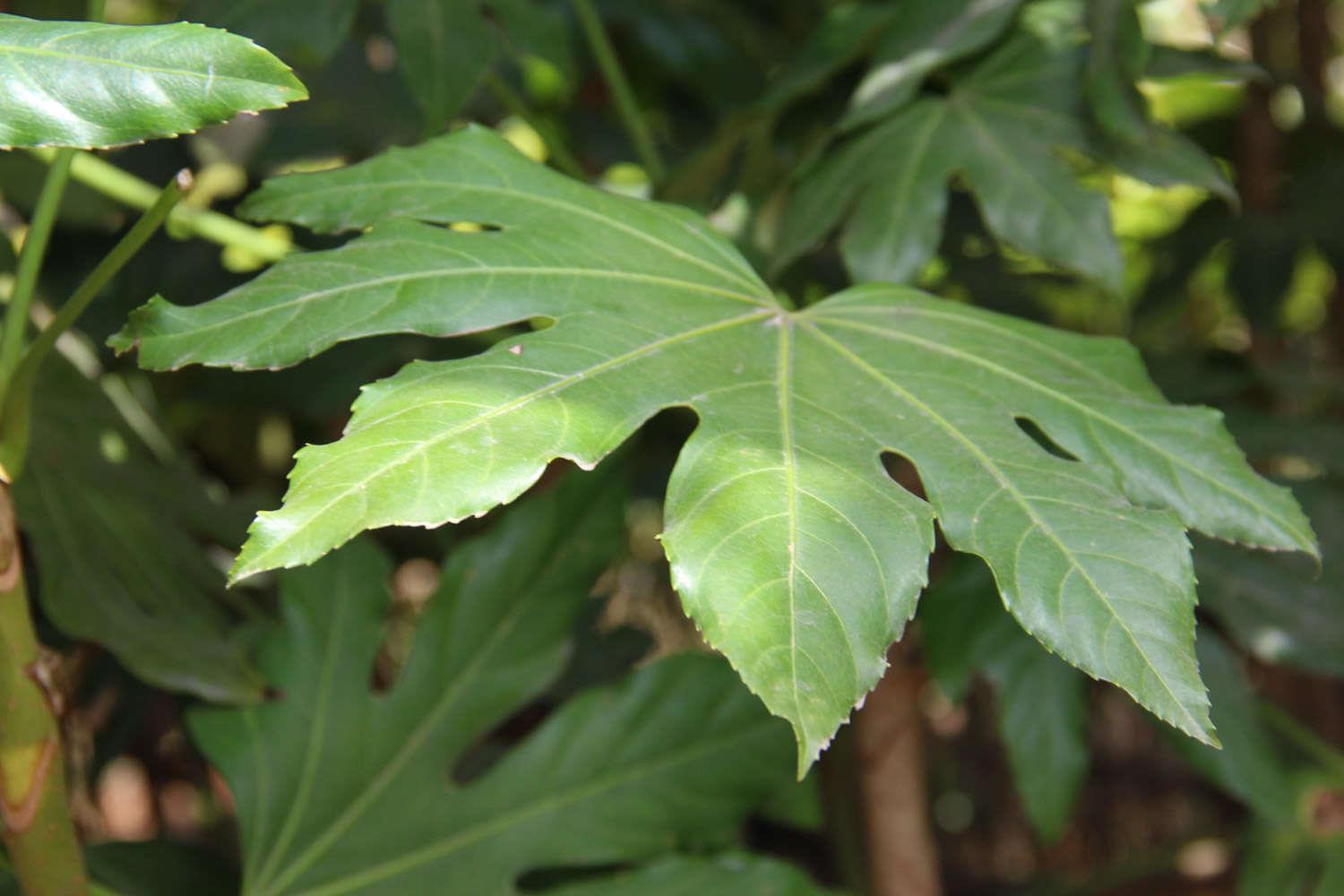
Water and Fertilizer Situation
During the growth period of the octagonal golden plate, that is, from April to October, apply thin liquid fertilizer about once every 2 weeks, and stop fertilizing after October. Water frequently during hot seasons to keep the soil moist, and spray water on and around the leaves to increase the humidity of the nearby air. After October, watering should be gradually reduced and watering controlled.
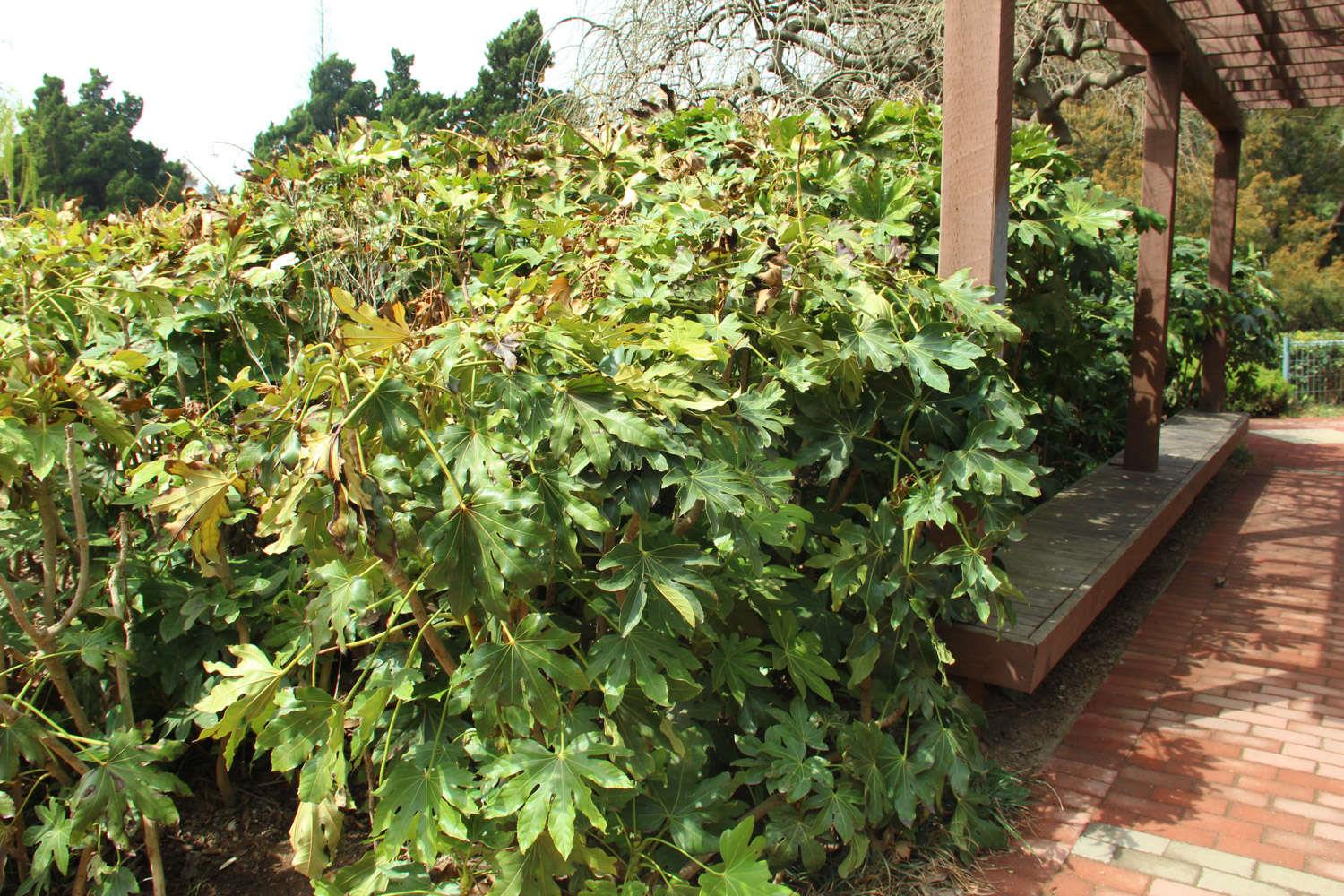
Soil Requirements
It is suitable to choose fertile, loose and well-drained soil. Potting soil can be mixed with 3 parts garden soil and 1 part rice bran ash, and then add a little base fertilizer.
Changing the pots and turning the soil
During the breeding process, the pots should be changed every 1-2 years, usually in March or April. When turning over soil and changing pots, add base fertilizer to the bottom of the pot.
Notes
Diseases
There are sooty diseases, leaf spot and yellowing diseases in the octagonal gold plate. Leaf spot is more common in summer. Use chemicals such as basebuzine or carbendazim for control. Yellowing disease can be controlled by foliar spraying with ferrous sulfate.
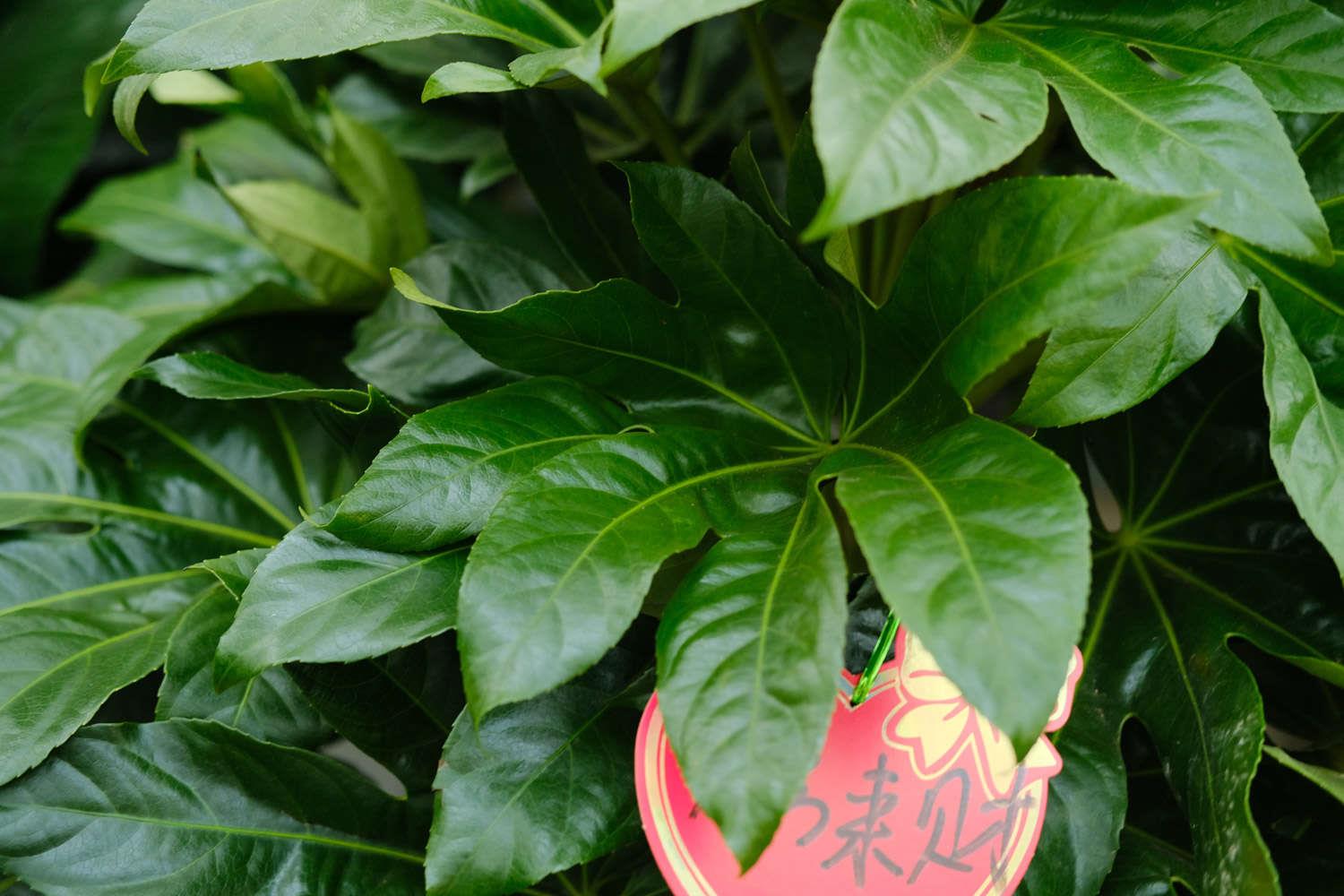
Pests
The main pests include aphids, scale insects and red spider mites. Generally, scale insects can be controlled with sulfonate. For aphids, aphids can be used to control them, and dicofol can be used to control red spider mites.
Precautions
- END -
How many years does a pepper tree live?
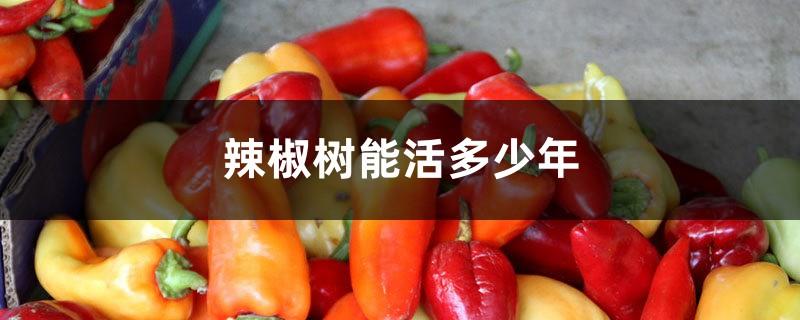
Chili peppers are usually annual plants, but now there are also perennial varietie...
Feng shui placement of money tree

The money tree symbolizes wealth and luck. If it is maintained in a company or sto...